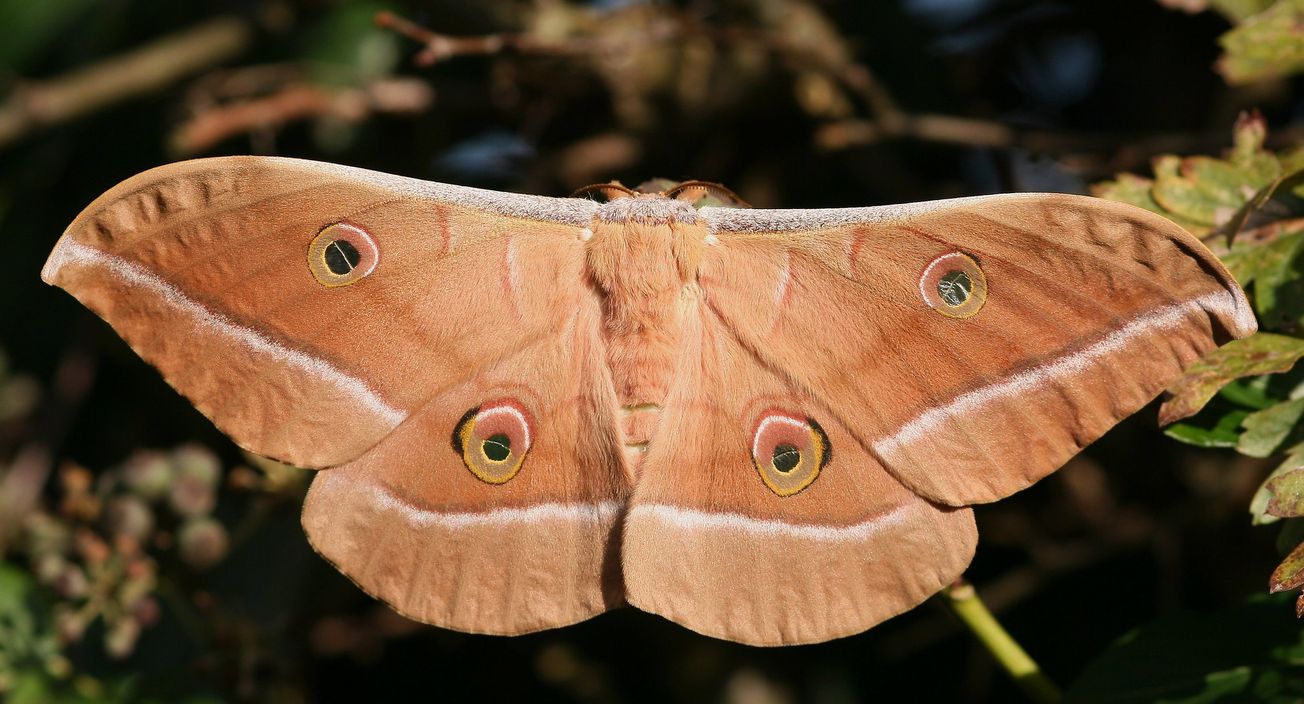By Alex Lawrence, Masters, Palaeobiology
Scientists from the University of Bristol have examined the intricate structure of the wings of moths and have found that they can dampen the sound waves used for bat echolocation.
When you think of camouflage the first examples that come to mind are probably visual strategies; the pattern on an army uniform, the stripes of a tiger or the ability of a chameleon to blend into its background. Our reliance on eyesight leads to a primacy of vision influencing our activity. However, many animals rely on smell or sound to hunt. Thus, being able to hide from these other senses is often very important.

Using a range of cross-disciplinary techniques, scientists from the University of Bristol’ School of Biological Sciences have found that the wings of some moth species provide them with excellent acoustic camouflage. This is the outcome of an ‘evolutionary arms race’ with their predators, the bats, over the past millions of years. Moths have developed increasingly complex ways to escape their nemesis.
Bats hunt and navigate in the world using echolocation. This involves the release of ultrasound calls via their larynx and the detection of following echoes, that return to them as sound waves which have bounced off objects in their environment. This gives bats a sonic image of their surroundings.
The wings of some moth species provide them with excellent acoustic camouflage.
The new research shows that the wings of moths are covered with meticulously shaped scales, that dampen the echoes bouncing off them when they are hit by a bat’s ultrasound call. The team had previously published their initial findings on ultrasound-dampening scales on the body of moths, but these were too thick to be present on wings without harming their flying ability.
The new discoveries show that a complex structure of many overlapping scales allows for high ultrasound absorption, while remaining thin enough for unhindered flight. The individual scales absorb ultrasound waves of different wavelengths, so when they are arranged together, they become greater than the sum of their parts. This dampens ultrasound waves across the whole range of wavelengths that bats are able to emit and recognise.
This is the first time a natural acoustic metamaterial has ever been reported.
The composite nature of these overlapping wing scales means the structure is classed as a ‘metamaterial’. This discovery came as a surprise, as metamaterials are very rare in nature and this is the first time a natural acoustic metamaterial has ever been reported. In fact, the name metamaterial means a ‘man-made material that surpasses that which is found in nature’. As has been the case before, a closer look at what nature is truly capable of is able to inspire and inform our own technological advances.
The insect mothers that give birth to babies as large as themselves
University of Bristol study explores the truth behind zebra stripes
The researchers highlighted the usefulness of their findings to the fields of material science and sound engineering. It could provide insights for the potential designs of much thinner and more efficient soundproofing materials. In the noisiness of modern-day cities, a path towards a quieter life is always welcome news.
Featured Image: Flickr / Dean Morley
Moths may be small, but next time you see one think about the amazing strategies they have developed to survive!









